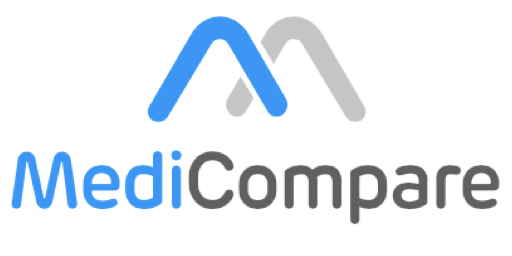When you step onto the court, pitch or course as a professional athlete, you put your body on the line. If you lose your ability to compete, this can have a serious impact on your income. Even a minor disability is potentially a major problem.
Whether your injury is contact-related, repetitive motion-related or even career-ending, you need to protect yourself. Even if you are not one of the highest-paid professional athletes, you need to protect your salary. Professional athlete insurance provides vital, comprehensive benefits such as:
- Coverage for career-ending injuries
- Coverage for loss of income due to disability
- Financial protection in the event of accidents or illnesses
With professional athlete insurance, individuals can pursue their athletic dreams with confidence, knowing that they have a safety net in place to protect their financial future and well-being. Simply fill in our quick form and we can find you the best professional athlete insurance deals on the market.

